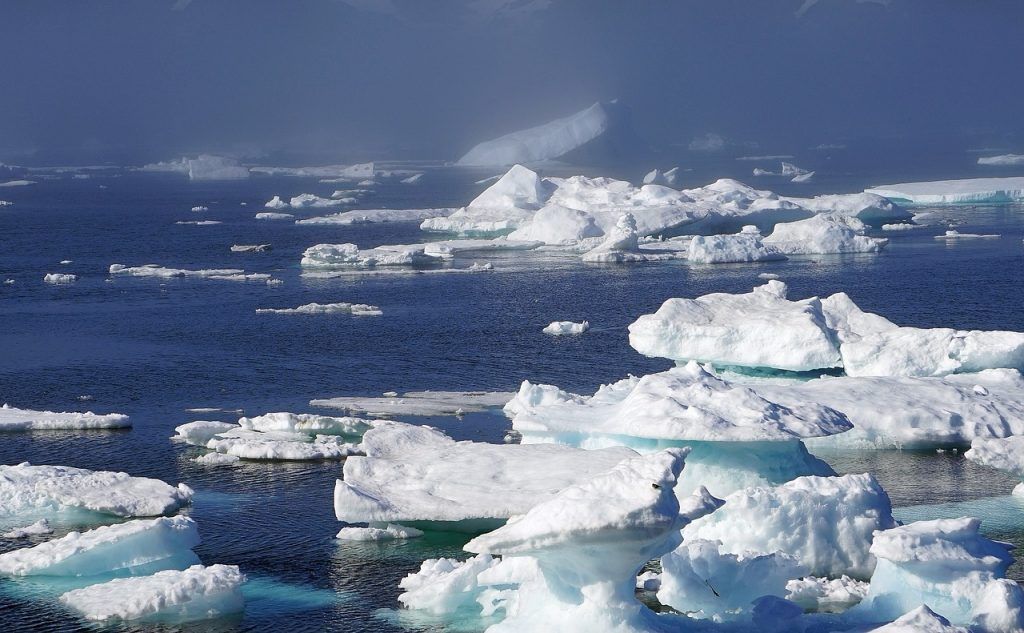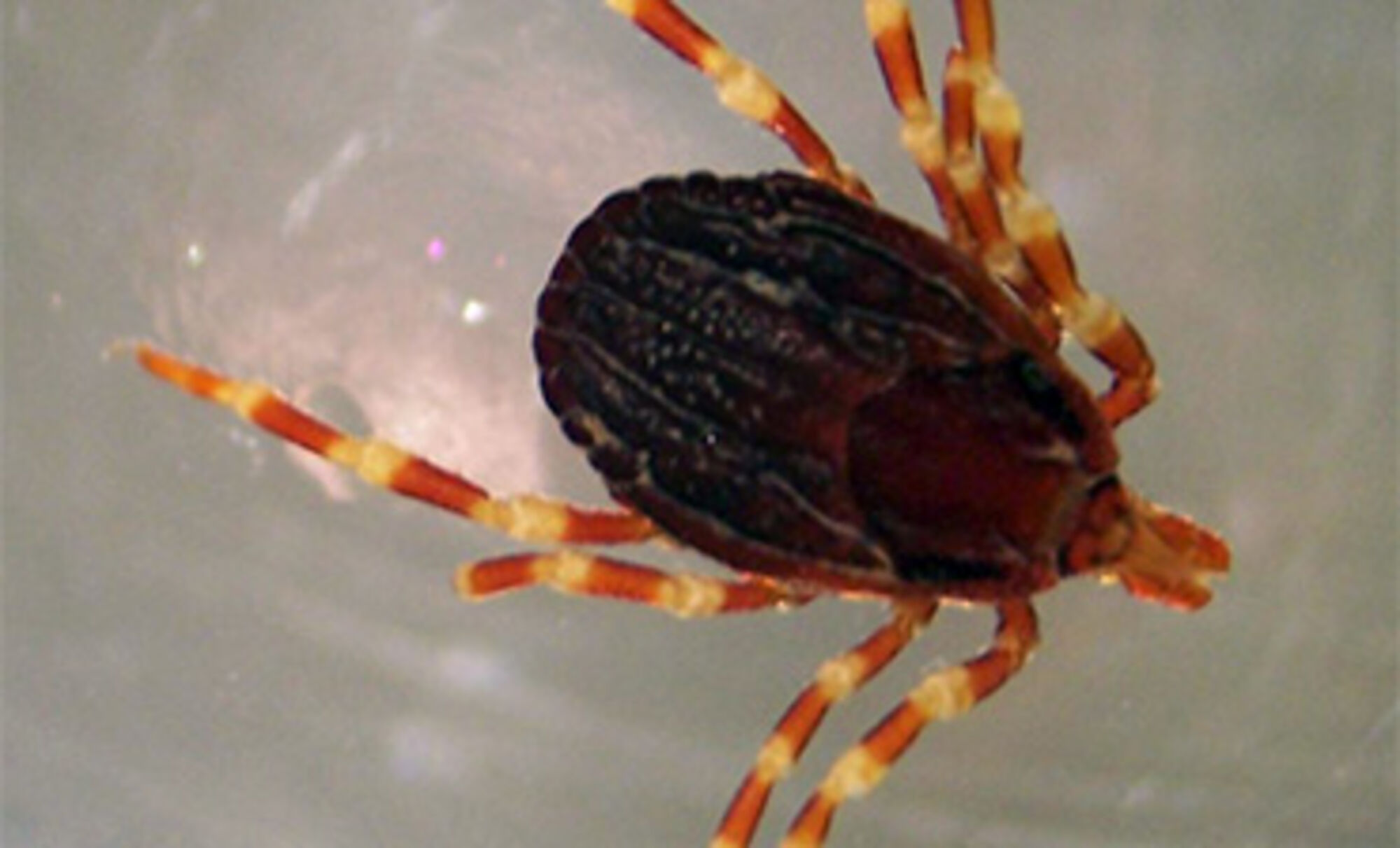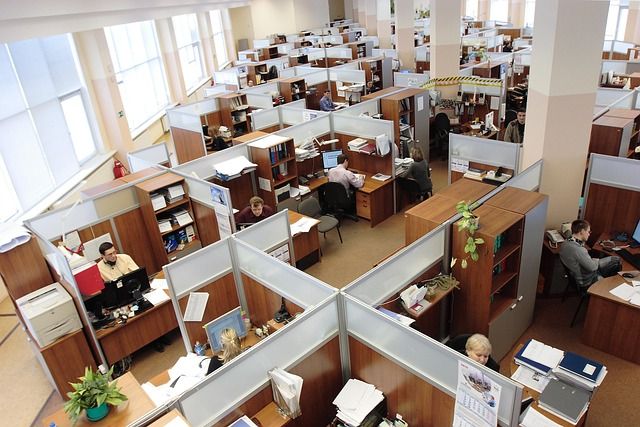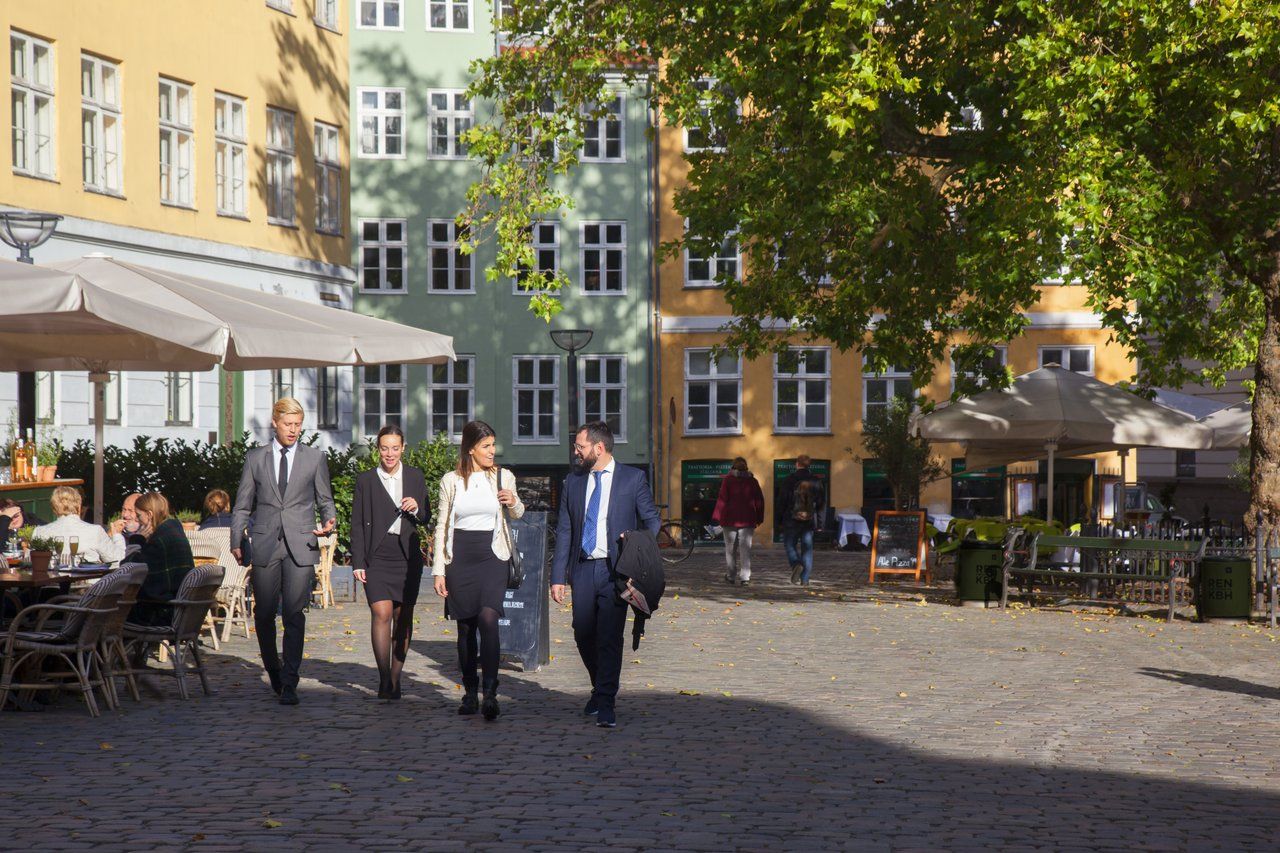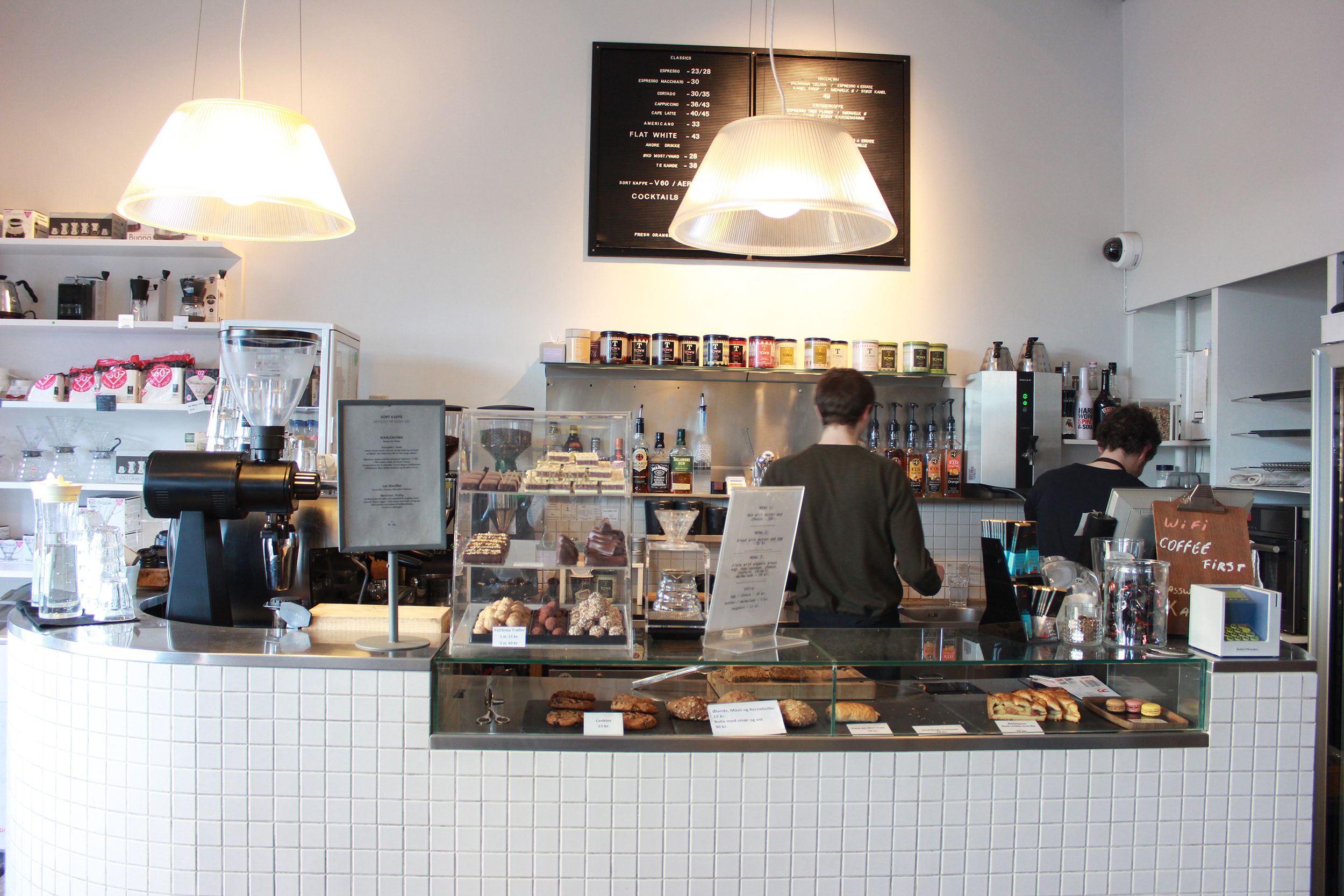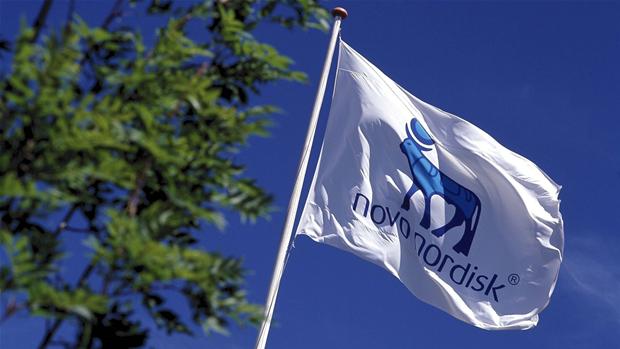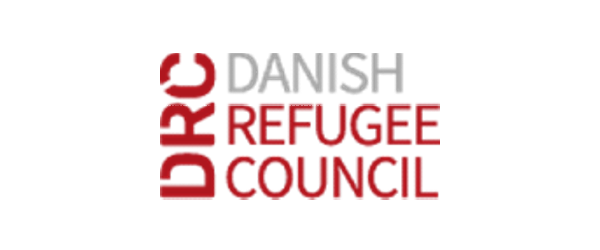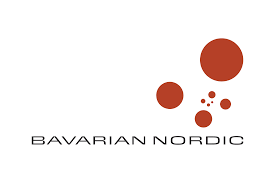Aarhus University has begun the construction of a modern research station in northern Greenland that will monitor how climate change is affecting the region.
The station, which will be a vast upgrade from the little shack that currently houses climate research in the area, will study how the shifting climate alters the air, ocean, geology as well as the plants and animals in the region.
Warmer climate in recent times has led to the Arctic ice cap melting to half of what it was just 30 years ago. The accelerating global warming means that there is a greater need to research the connections between the climate, pollution and the vulnerable Arctic food chains, according to Henrik Skov, a senior researcher from Aarhus University and the Arctic Research Centre.
“It is essential to investigate what kind of Arctic we will see in the future and how that will affect the rest of the world,” Skov told Videnskab magazine. “That opportunity becomes a reality with a new research station that has state-of-the-art equipment and can do measurements that were impossible before.”
Skov is the head of the research station that was established thanks in large part to a 70.5 million kroner grant from the Villums Foundation and is expected to be completed sometime between 2014 and 2015.
The research station will be located at Station Nord, the most northerly year-round military base in Greenland. The base is located on the Princess Ingeborg Peninsula, just 924 kilometres south of the North Pole and 1,700 kilometres north of the polar circle.
The station, which will cater to a multitude of different branches of science, will consist of three sub-stations each catering to the their own aspect of the station’s needs.´
The base station will consist of a number of buildings with labs and sleeping quarters. The mobile station will allow researchers to leave on tracked vehicles, snow scooters and dog sleds in efforts to study the ice packs closer. And an air station will employ unmanned drones that can observe and study the Arctic from the air, giving the scientists a unique vantage point to study wildlife.
“In the future, we will produce open data that is accessible to scientists from the whole world. Naturally, scientists will have a six to 12 month grace period to analyse and write on the findings before the data is released to the public,” Skov told Videnskab. “The international science community has already shown interest in the station and is particularly excited about the three sub-station platform.”


